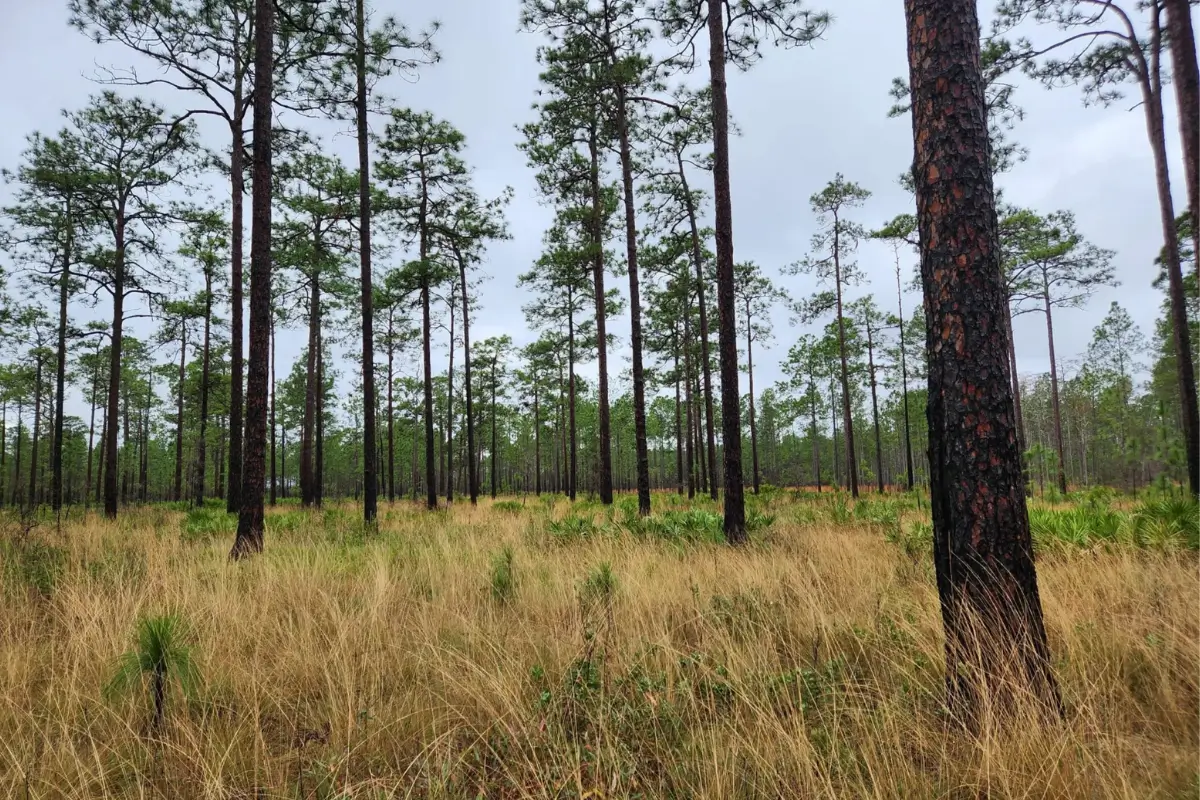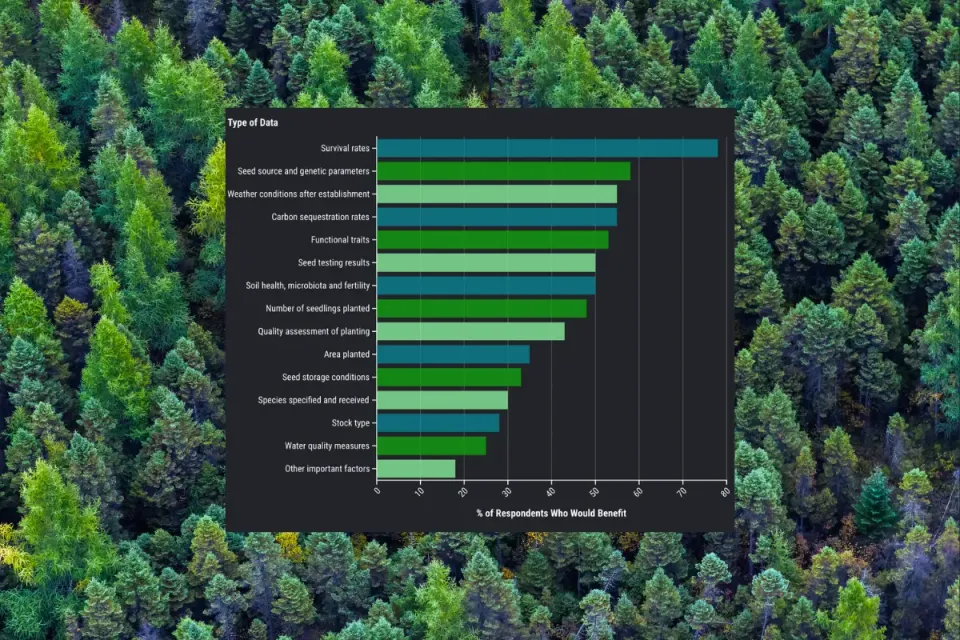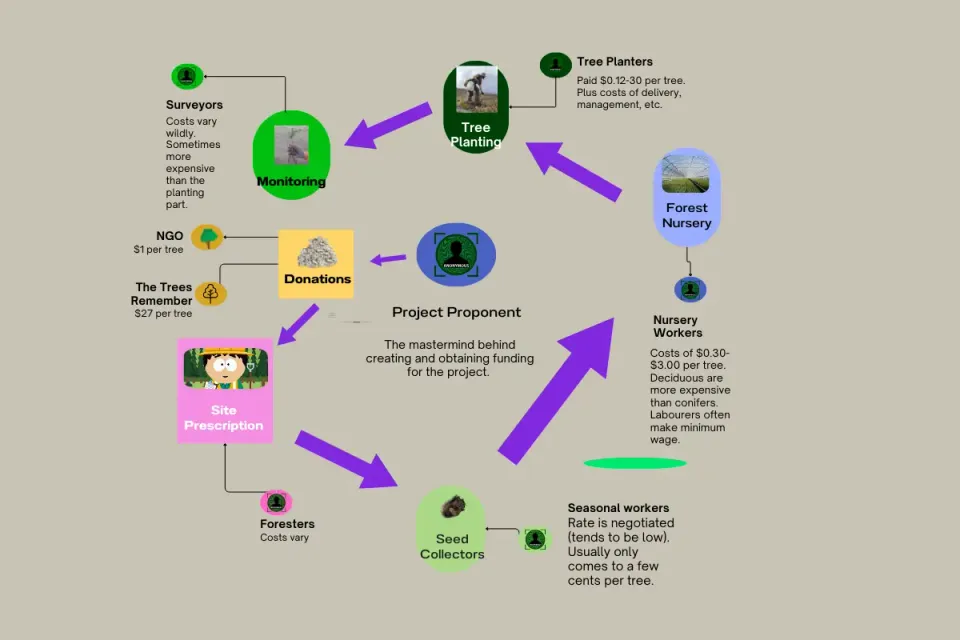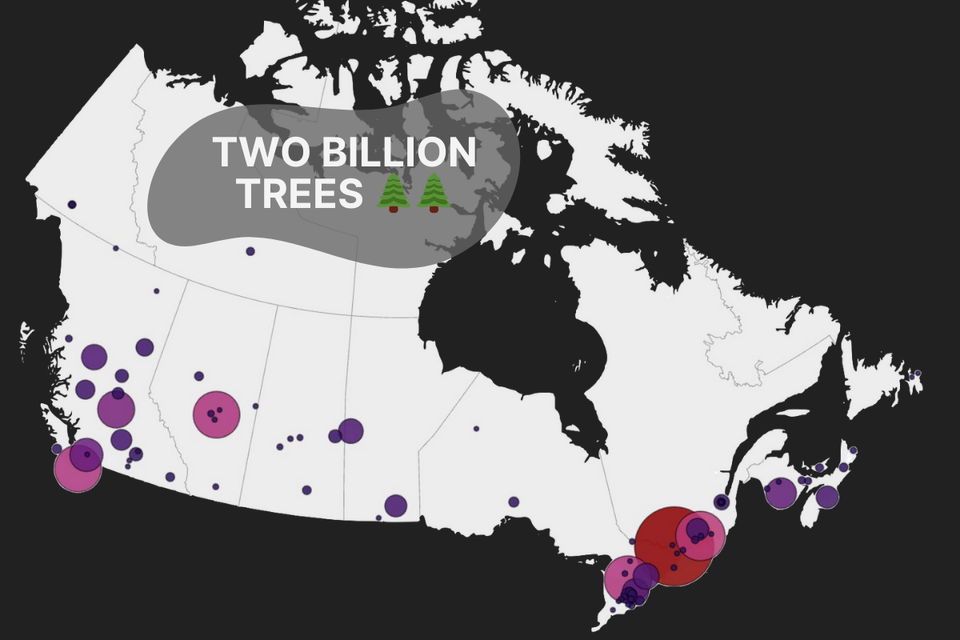Longleaf Pine Forests Increasing Coastal Georgia
Reforestation of the longleaf pine in Georgia protects the habitat of species such as gopher tortoises and red-cockaded woodpeckers.

This article by by Emily Jones/WABE, Grist orginally appeared in The Current. The Current is an independent, in-depth and investigative journalism website for Coastal Georgia.
This coverage is made possible through a partnership between WABE and Grist, a nonprofit environmental media organization.
The number of longleaf pines is increasing across the Southeast, with some of the biggest improvements in Georgia, according to a new study from the U.S. Forest Service.
Some 57 million acres of longleaf pine forest once stretched across the southeast from Virginia to Texas. But much of it was clear-cut for timber by the early 20th century.
Because longleaf pines rely on regular fires to thrive, many were lost to fire suppression, too, until only about 3 million acres remained.
The new study found that the amount of longleaf pine forest has increased thanks to concerted restoration efforts.
“We’ve reversed this trajectory of decline that’s been going on for several centuries,” said study author Kevin Potter, a research ecologist at the USFS Southern Research Station.
But the species still has a long way to go: most new seedlings are planted, not naturally occurring.
“We would prefer that these forests be self-sustaining, that we have longleaf pine that is regenerating naturally and not having to rely on people coming in and planting new seedlings,” Potter said.

Potter’s study compared the two most recent periods of USFS forest inventory data, often known as America’s forest census. Georgia saw one of the largest increases in total longleaf pines between those two periods, adding about 47 million trees. It was also one of only three states, along with Florida and Mississippi, that saw an increase in the number of seedlings.
Overall, the study found that while the total amount of longleaf pine is increasing, other forest types have less longleaf pine in them than previously. That suggests that longleaf pine forests are either being intentionally restored or converted to other types of forest, like oak or faster-growing pine varieties. That’s key information for longleaf restoration efforts, which are most successful on land that has previously been longleaf forest, Potter said.

“If we think about where we need to be targeting our restoration efforts into the future, the window may be closing for the best locations to target those efforts,” he said.
Longleaf pine forests absorb climate-warming carbon dioxide and provide critical habitat for many species, including gopher tortoises and red-cockaded woodpeckers. The loss of longleaf pine forests is considered a critical factor in the possible extinction of ivory-billed woodpeckers.




